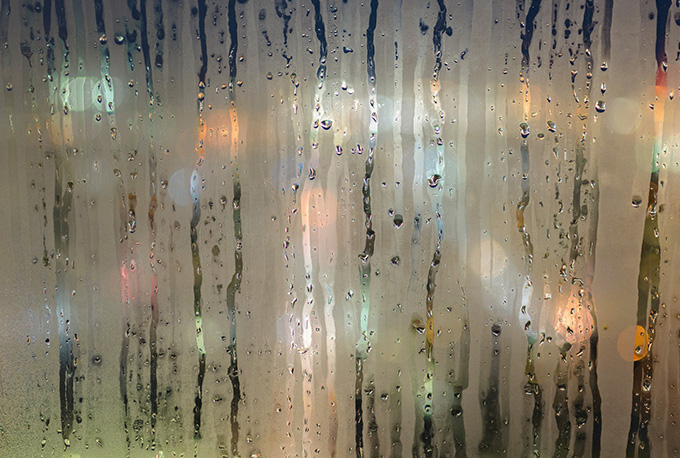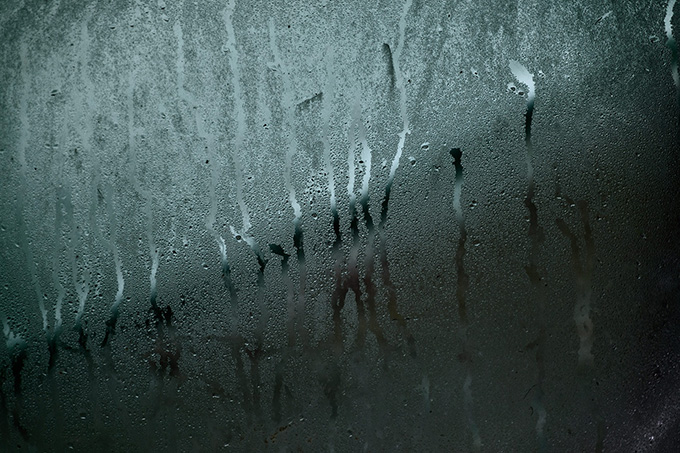
During the winter, when it is freezing, your windows are likely to experience condensation from the cold snow. Most people are confused about what they should do when their windows are condensed.
Condensation, as Timberwise warns, can steam the windows and cause the peeling of your wallpaper. Apart from causing structural damage to your property, it also makes it less appealing. For residential property, it may even discourage tenants from renting.
This article is created specifically for your window condensation issues. It covers five essential tips to guide you on how to get rid of condensation on your windows.
How to avoid window condensation during the winter
-
Ventilation
Proper ventilation can prevent window condensation. When your attic is well ventilated, there is efficient air circulation in the house, leaving no room for condensation. If you have a washing machine for your laundry, ensure it is functioning efficiently. Ideally, a washing machine emits relatively two litres of water on the air. This moisture lands on your winds and causes condensation during the winter. Therefore, ensure your washing machine is vented correctly.
-
Dry your clothes outdoors
When you wash your clothes, ensure you dry them outdoors in direct sunlight. If you must dry them indoors, then hang them somewhere inside the bathroom and shut the door. Ideally, for your wet clothes to dry, they have to emit a lot of moisture into the air through evaporation, which will cause condensation on your windows.
-
Keep doors closed
When preparing your meal or doing the laundry you should close your kitchen door to prevent warm air or moisture from moving into cold places. Also, when taking a warm shower, cooking food, or boiling water on a kettle, you should ensure your doors are fully shut.
-
Wipe cold surface
After cooking, bathing, or boiling water in your kitchen, you should wipe all the cold places with water spillage. If you have an extractor fan, you can switch it on to remove all the moisture on your walls and roof, which may cause condensation. Any moisture left on the wall creates an environment for mould growths.
-
Cover the aquarium
If you have a fish tank or an aquarium in your house, you must ensure you cover it up during the winter. This will help you reduce the amount of moisture that finds its way to the walls and windows. During the winter, you can also move your indoor plants like flowers outside to reduce moisture formation inside the house.

Conclusion
Your body, immunity and respiration are at risk with the presence of damp and mould growth in your house. To avoid the risk of damp and mould in your home, you can practice some of the tips given here.
Look forward to finding the source of moisture in your house and remove it to safeguard yourself from the danger of window condensation and damp. Note that you will spend a lot to fix the damages caused by condensation in windows and walls. To bypass the repair cost, you must ensure your house is free from moisture during the winter.



